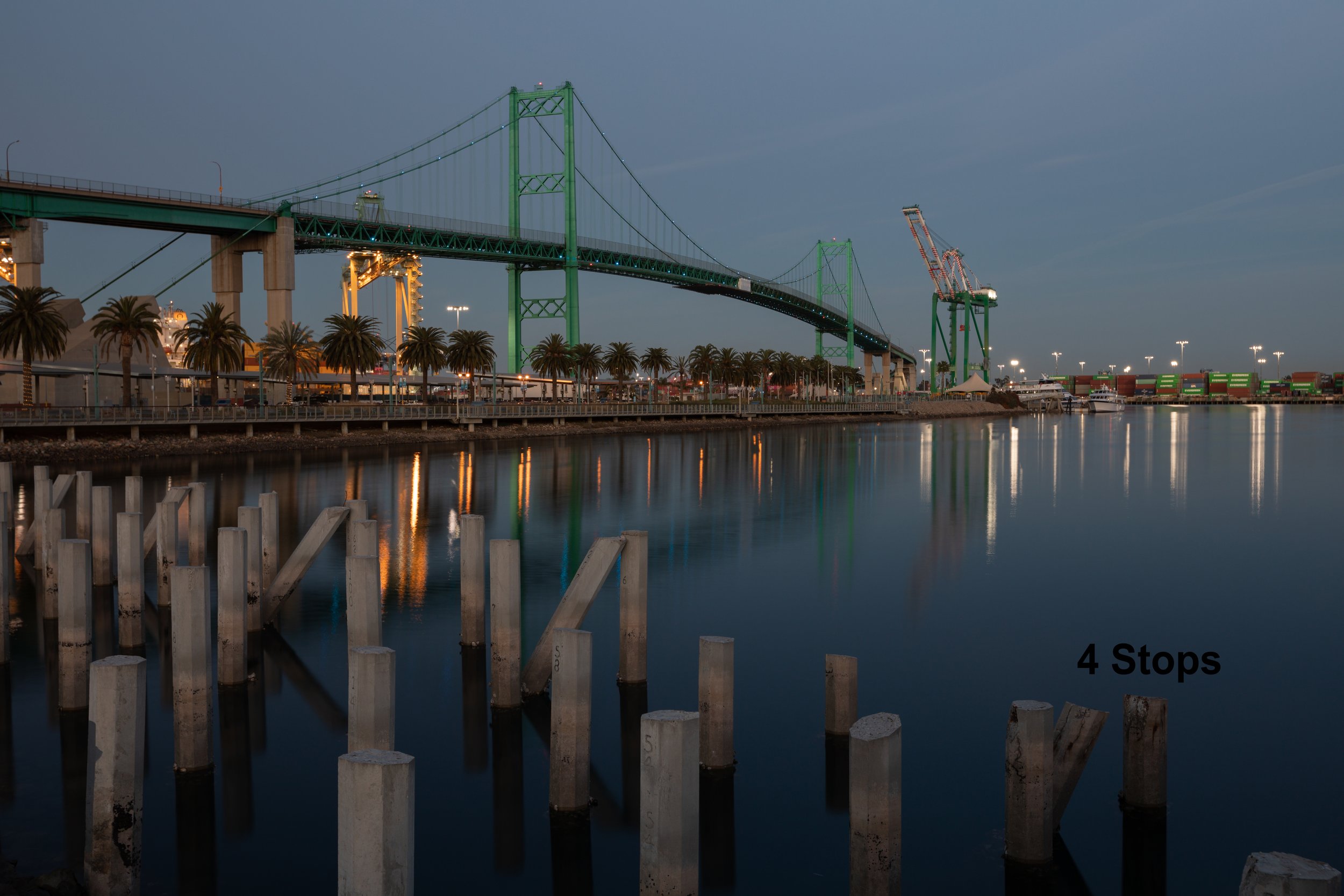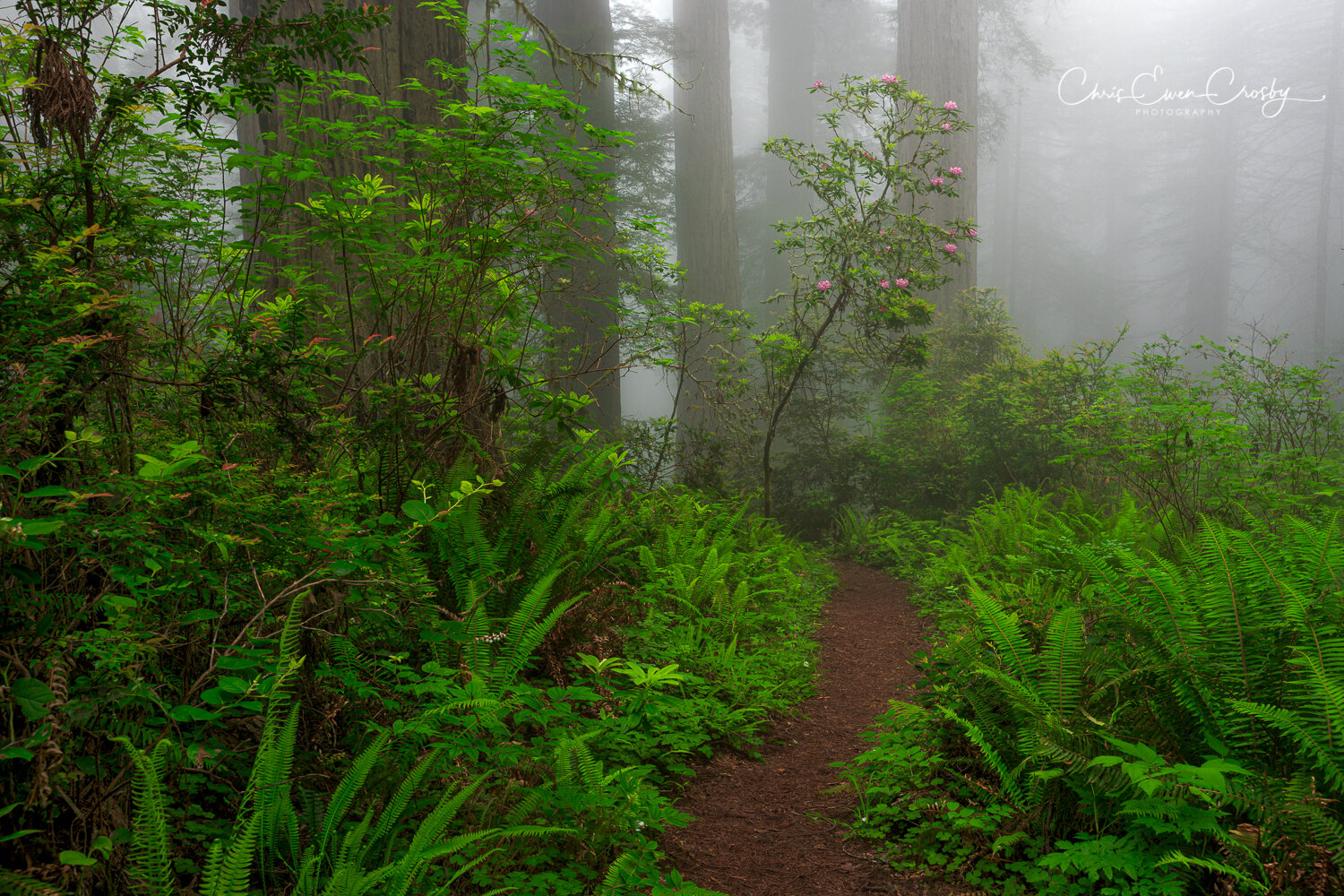NiSi True Color ND-Vario variable ND reviewed by a square filter guy
NiSi True Color ND-Vario variable ND reviewed by a square filter guy
By Chris Ewen Crosby
(Chris is an official NiSi USA Ambassador and reseller)
A few weeks ago I was approached by NiSi to review their new True Color ND-Vario Variable ND Filter. For those that have worked with me you might be cringing now. For those that haven’t, I’m not the biggest fan of Variable ND filters. There I said it. My past experiences with Variable ND filters have been disappointing to say the least. So when NiSi approached me to test and review their new True Color ND-Vario you can imagine that was a little bit hesitant and somewhat skeptical. Nevertheless, I accepted the opportunity to put my money where my mouth was. I’ve been recommending to my students that they stay away from variable ND Filters and it was time to test if this was still sound advice. So, do you think I can change my ways? Well, let’s find out as I share my thoughts and sample images from the test.
Ladies and Gentleman, Full Disclosure
Before we begin I must first disclose that I’m now an Official NiSi Optics USA Ambassador and Reseller. So, yes, my opinions could come with some bias, but I only stand behind product I believe in. I wasn’t forced to NiSi products, I simply went with a superior product that turned into a great relationship with NiSi. If you are interested in hearing why I switched to NiSi please check out my blog where I’ve reviewed and compared NiSi vs other products I’ve used. So without further ado, let’s talk about the NiSi True Color ND-VARIO Pro.
Common issues that variable ND’S have
So as I eluded to in my introduction, I’m not the biggest fan of variable ND filters. My past experience with them have made me stay away from them. One of the most common things you find with Variable ND filters is vignetting as you rotate the filter to add or subtract darkness. Typically the extremes of the filters capability would produce the vignetting or what is commonly called the “X” effect where you see a dark “X” appear in the middle of your frame. They performed decently in the middle of the capability of the filter, but not at the extremes.
One of the other issues found with Variable ND filters is color cast. Often times it is a blue cast, but can also be a magenta, green, or yellow cast of color. This is something you never want in any ND filter as a photographer. You want to have the same color performance with your filters that you would have if you didn’t have them on. They should only darken your exposure and do nothing else to the image quality.
Frist Impressions
As I unboxed the ND-VARIO I was pleasantly surprised by a few things right away. The filter comes with a lens cap and a pouch in addition to a foam cushioned plastic case. That’s 3 forms of protection for your investment. I definitely didn’t get any of these 3 with my past variable ND purchases. I was lucky to get a plastic case, but most of the time you were on your own to protect and transport the filter. The lens cap is a real bonus. It can be used to cover the filter while walking between shots, or just storing the camera in your bag. No need to take off the filter and put it back on to protect the filter from scratching. This is very convenient in the field and will save you time during your workflow.
Another notable mention is the quality of the build. The filter ring is made from high quality aluminum, making it feel very strong, yet be very light in weight. The Knurled ring makes for easy gripping of the filter as your attach and detach the filter from your lens. The filter rotated very easily, but not easily enough that it would spin in a gust of wind or a slight nudge. The friction was just right.
Upon rotation I discovered another win. The ND-VARIO has hard stops at 1 & 5 Stops (Other models available for 5-9 Stops). This means that the filter does not rotate 360 degrees and there are marks on the filter ring to show you where each stop is. While the exact darkening does vary with your focal length and aperture, I found the indicated stop numbers on the ring to be with 1/3 of a stop of accuracy and spot on for most.
Bring on the images already!
OK, OK! I know by now you are ready to see some sample images. So without further ado…here they come. The first set of images were taken late afternoon in Death Valley. I thought this area would a perfect proving ground for the color and detail of the filter. Luck was also on my side due to the clouds that came into frame just before the test. Clouds are a great tool to use for testing the white balance performance of the filter. They are a neutral area during the middle of the day. For this test I used a fixed white balance of Shade so that there would be no variation in the white balance from photo to photo and we could see any color shifts that were taking place. The photos have only been sharpened, noise reduced and profile corrected. You may find a slight difference in exposure from photo to photo. Take a peak at the photos below.






After the first test in Death Valley I found that there was very little color shift. The only color shift I noticed was a extremely light shift to the yellow/red side. So little that it is hardly noticeable. Overall, I would say that the color performance was extremely good from the filter. I didn’t notice any vignetting and I was testing the 82mm version of the filter on my wide angle lens. I did notice a slight polarizing effect in the sky on the picture take at 1 stop, but it wasn’t something I was very worried about. The detail from photo to photo is perfect even at 100% zoom. To be honest, I liked the look of the badlands after putting the filter on, it did provide a very light polarization and controlled the color of the highlighted areas of the badlands.
Test #2
For a second test, to be sure that I was being fair, I went to a local location in the Port of Los Angeles next to the Vincent Thomas Bridge and took some shots during the blue hour. Not only did I think this would be a good test of the white balance, but also a better area for you to see the difference in shutter speeds and the effect it will provide. The water around the bridge was perfect for just that. Again, the white balance for test 2 was shot at a constant “shade” setting in camera to preserve the white balance integrity. See the images below.






As you can see the results of the 2nd test were equally impressive as it relates to white balance and color cast. Virtually no change in color through the photos. I will mention that both situations had changing light. The death valley scene had passing clouds changing the light and the Vincent Thomas scene was shot during blue hour so the colors were changing as was the light. Even in these difficult lighting situations the filter performed very well.
Fun Facts: Both sets of images were taken on a Canon 5D Mark IV & Canon 16-35mm F2.8ii. White balance was set to constant. No white balance adjustments were done to any photos. Very light sharpening, noise reduction, and some light exposure adjustments were made for constancy due to the changing light.
Summary of Wins for the True Color ND-VARIO Pro Variable ND
Great presentation of packaging and protection of of the filter by having a canvas case, plastic case, and lens cap for the filter
No Color Cast
Great Build with Knurled ring, aluminum frame and hard stops at 1 and 5 stops
No Vignetting during rotation and due tot he larger front threading, no vignetting even at 16mm on my 82mm lens ring
Overall, I was pretty surprised by the results of the test. I went into the test thinking that there was going to be an issue with vignetting and color as most variable ND filters have. I am very impressed by the build, color performance, and the presentation.
So, the question that some of you have probably is, “is this filter worth buying?”. My answer is yes, if you prefer circular filters over square systems, or if you are a videographer or portrait photographer. Variable ND filters are very handy for video and portrait because it allows you to adjust quickly in changing light when you are using a shallow depth of field. For those that prefer circular filters this is also a highly recommend as it performed very well. I would recommend this filter to anyone who fits those 3 categories.
Variable ND filters are something that everyone looks into when they first get into ND filters as they combine many filters into one. Traditionally that savings doesn’t mean great performance, but in this case, the NiSi True Color ND-VARIO Pro provides fantastic performance for a great value.
If you are interested in learning more and NiSi Filters, I offer free consultations, yes free. Schedule one below and let me tell you about the NiSi system and help you find exactly what you need for your camera and lenses.
Have a question about the True Color ND-VARIO Variable ND?
Drop a comment below and I’ll answer it for you as quick as possible.












